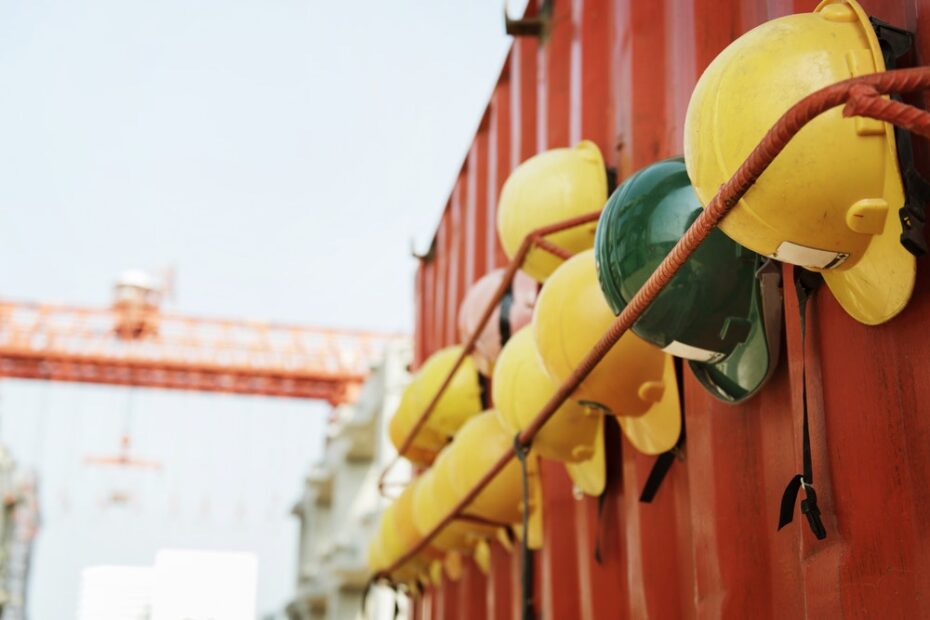Workers’ compensation claims can range from minor to extremely serious. The most recent statistics released by SafeWork Australia reveal that for the years 2016 and 2017 there were 106,260 serious Australian worker’s compensation claims. And while the frequency rate of serious claims per million hours worked decreased, the median time lost for a serious workers’ compensation claim increased by 32 per cent. Workers went from missing 4.4 working weeks on average to 5.8.
That amount of time off work isn’t good for the workers, their families, or their livelihoods, but losing part of their workforce is obviously bad for employers, too. To help alleviate some of the difficulties surrounding the claims process, the New South Wales Government decided to make changes that would streamline the options for workers when their claims are unsuccessful and, hopefully, make the entire dispute resolution process faster and more understandable.
Changes to dispute resolution for Workers’ Compensation
In October of 2018, the New South Wales Government announced changes to how workers’ compensation disputes will be decided. Those changes begin to take effect from early 2019. The goal of this shift was to improve the existing system by enhancing support services, streamlining the claims process, and eliminating duplication. Working together, these changes will hopefully improve the overall claims process experienced by injured workers in New South Wales.
Why change the system?
As the old saying goes: “If it ain’t broke, don’t fix it.” So what was broken about the old system? For one thing, claimants were found to have low levels of satisfaction with the existing claims system. Some of the issues that caused this dissatisfaction included: confusion about the claims process; lack of support; and the fact that the claimants had to fight against better prepared, better equipped insurance companies.
When workers wanted to file a claim, they were forced to reach out to several different organisations for opinions on whether or not they were even eligible to fight a decision. With a system so clearly biased against them, it’s no wonder that physically and psychologically injured workers were so dissatisfied.
Major changes
With sustainability in mind, the more ‘user-friendly’ system has made the following changes:
- Workers will no longer be forced to go through multiple agencies to file a claim. The State Regulatory Authority (SIRA) and the Workers Independent Review Office (WIRO) will no longer undertake dispute resolution following internal review by an insurer. This will now be the responsibility of the Workers Compensation Commission, greatly simplifying the process.
- SIRA will now field all employer and other system participants’ inquiries and complaints.
- WIRO will now handle the complaints of injured workers that are not resolved in the first instance by their insurer.
- The calculation process for pre-injury earnings has been simplified, which will increase the transparency of the claims process and streamline claims processing.
- There will no longer be mandatory internal insurer review to determine work capacity.
These changes were decided after an extensive review that involved in-depth consultation with industry stakeholders, injured employees, and representatives from various organizations (SIRA, WIRO, and the WCC). The recommendations of the Legislative Council Standing Committee on Law and Justice were also considered when developing the reform.
A workers’ compensation claim can be extremely disruptive in the lives of many, especially if the initial claim is unsuccessful. Hopefully, these new changes to dispute resolution will help get injured employees the help they need more efficiently and with less bias toward the insuring entities. If you or a loved one have any questions regarding workers’ compensation, steps to take after a failed claim, or any other legal concern, please contact our Sydney worker Compensation Lawyers as soon as possible.
